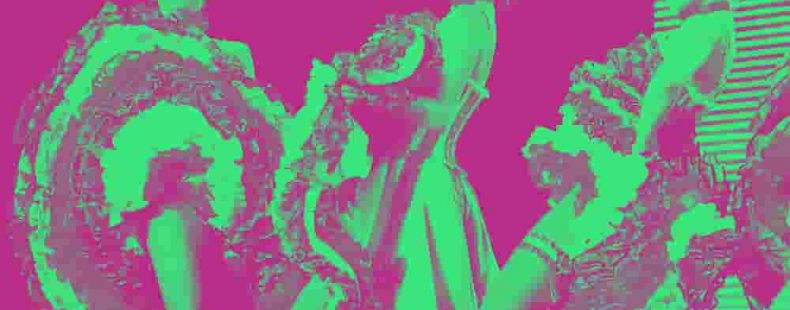Since interest in burlesque grew in the 2010s—and may have peaked with the release of the movie Burlesque starring Cher and Christina Aguilera—people have been curious to learn more about this type of dance. Is burlesque strictly performed in seedy venues? Is it just a fancy word for striptease?
What is burlesque?
Luckily for word enthusiasts, burlesque derives from a rich tradition and a compelling meaning.
Traditionally, burlesque is a type of variety show that is both provocative and comedic. It features a female chorus and solo dances, plus bawdy, slapstick skits and songs. And yes, it may feature striptease acts, but not necessarily.
Burlesque comes from the Italian and means “mockery.” Historically, it was used to refer to an array of entertainment that used caricature, ridicule, and distortion. The word was first used in the 1500s by the Italian Francesco Berni, who called his operas burleschi.
What is the history of burlesque in the US?
In the United States, stage burlesque, which was usually quite vulgar, began in the mid-1800s. These early shows often ended with either an exotic dancer or a boxing match. Many stars got their start in burlesque, including Mae West and Fannie Brice. In the 1920s, the term became synonymous with a strip-tease show, which was banned in New York City.
Burlesque entertainment couldn’t compete with the rising popularity of movies and nightclubs; eventually, it fizzled out. However, it saw resurgence in major cities across the United States in the 1990s. Today, those interested in burlesque still follow its stars and performances at various venues and festivals, such as Bossy Grrl’s Pin Up Joint in Columbus, Ohio, and the New Orleans Burlesque Festival in September.














